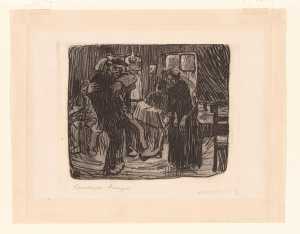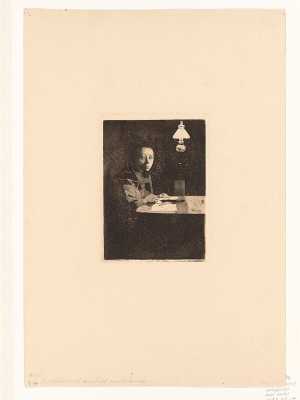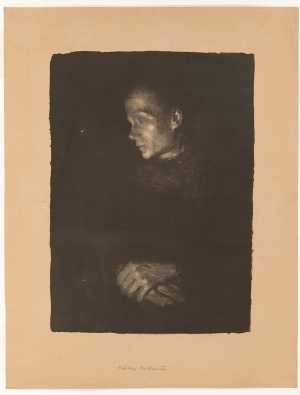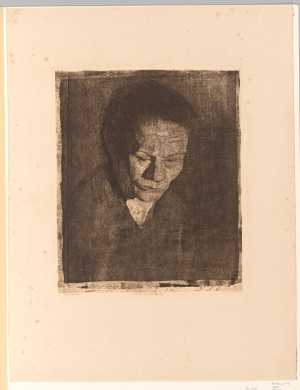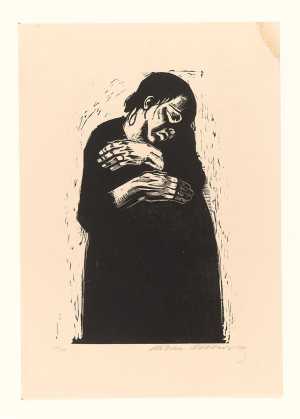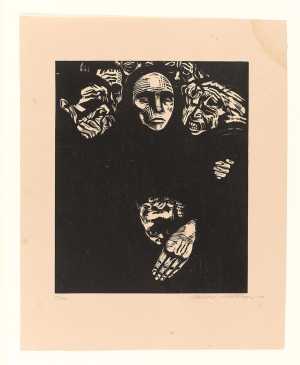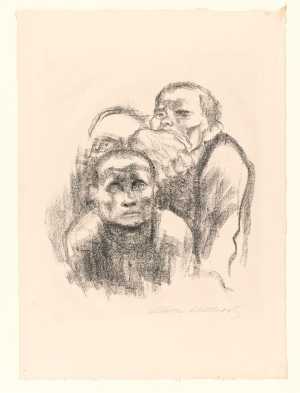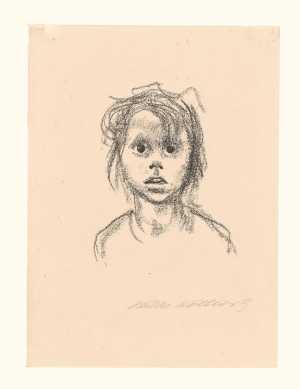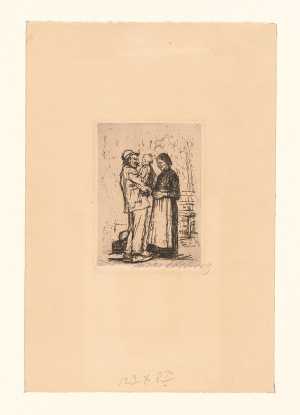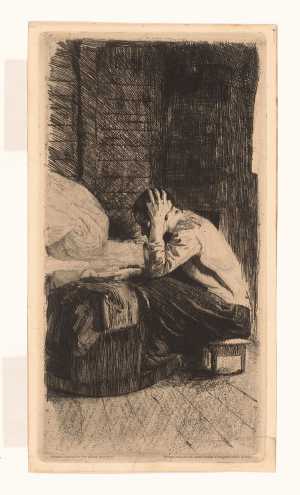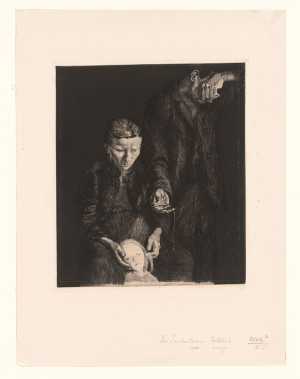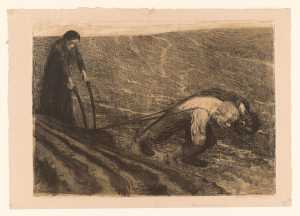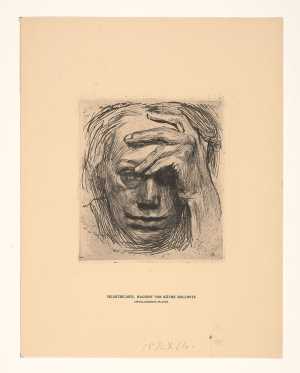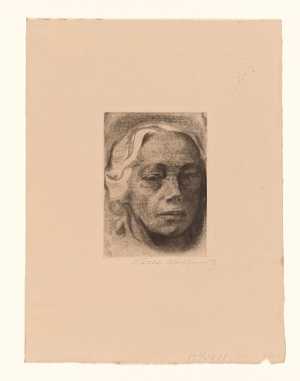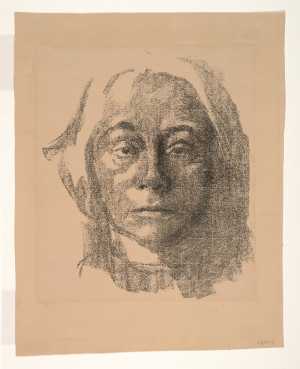People are central to the work of the German artist Käthe Kollwitz (1867-1945). Her drawings, prints and sculptures represent the darker side of society: poverty, poor working conditions, exploitation and the terrible consequences of war. Kollwitz found her subjects close to home. Her marriage to a doctor opened her eyes to the wretched circumstances in which many people lived. Kollwitz experienced both World Wars. Her younger son died in 1914, her grandson in 1942. In 1933, with the rise of the Nazis, her work was stamped 'Entartet’ (degenerate) and she was no longer permitted to exhibit. In 1943 she was evacuate her hometown Berlin. Later that year a large part of her work was lost in the bombings. Kollwitz died shortly before the end of the Second World War on 22 April 1945. Käthe Kollwitz’s graphic oeuvre comprises 275 etchings, lithographs and woodcuts. Thanks to the bequest of J.H. Bierens de Haan and an acquisition at the initiative of the former director E.C. Ebbinge Wubben, in the 1950s Museum Boijmans Van Beuningen acquired a fine selection of her prints.

Käthe Kollwitz
Königsberg 1867 - Moritzburg 1945


